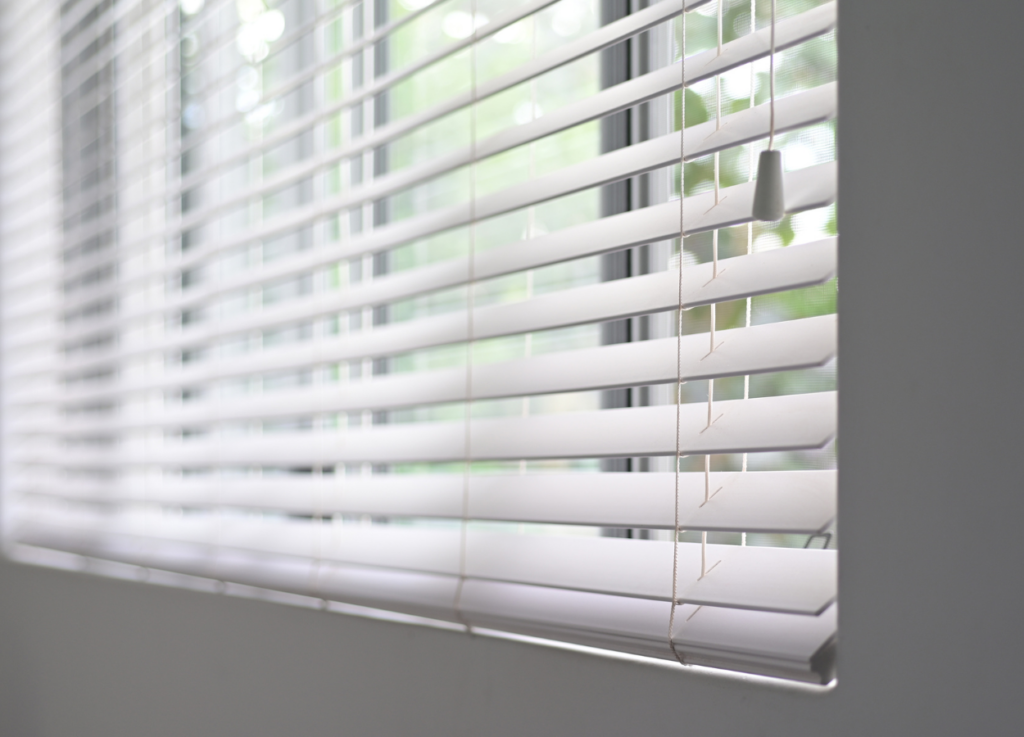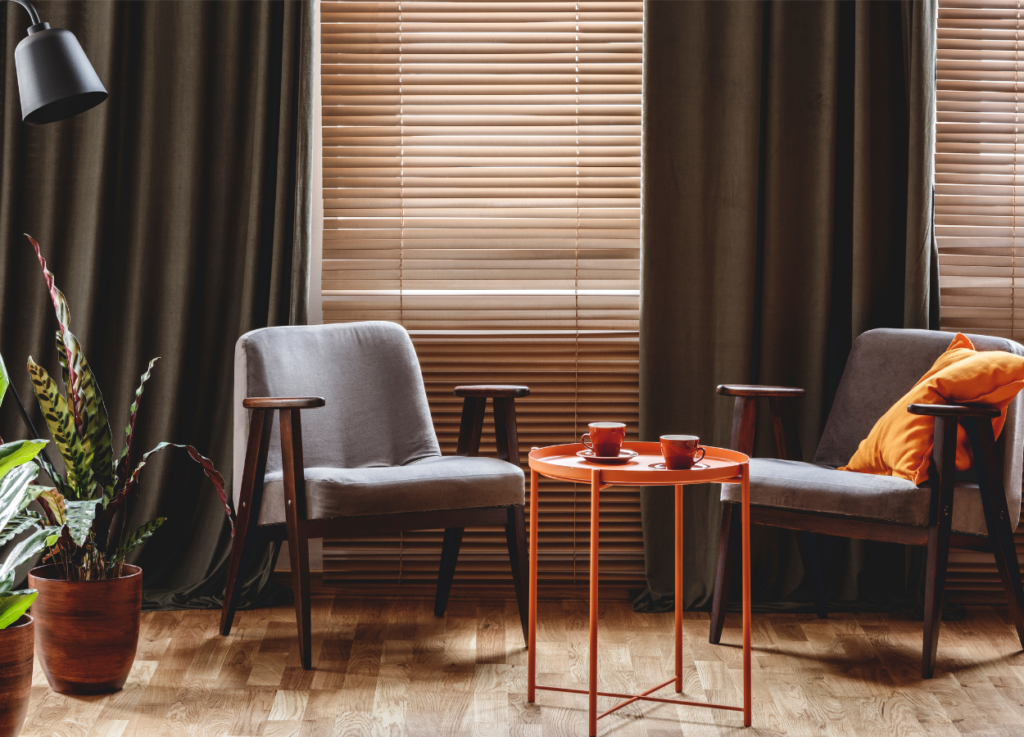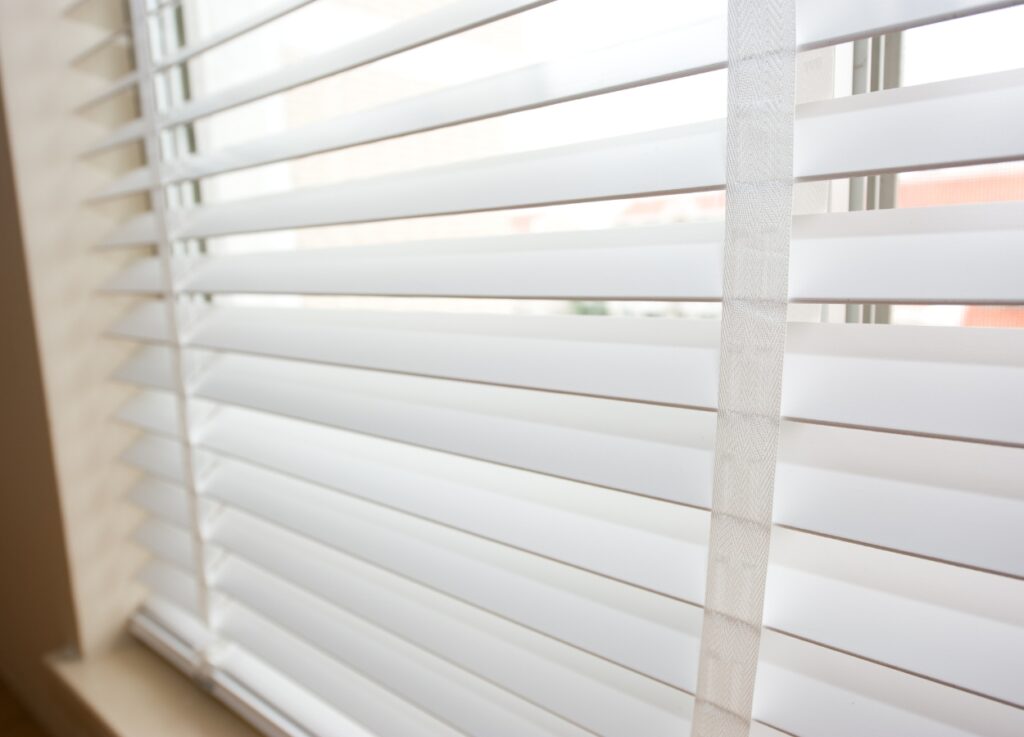Although real wood and faux wood blinds may have a very similar appearance, it’s fair to say there are many differences between the two. Deciding which of the two wooden blind options are best for you, and your home, ultimately comes down to the functionality of the space, and what are the most important factors for the room and window area you are renovating.
We’ve put together this handy guide to outline the key differences between faux wood and real wood blinds and which may be the better option for you
Which blinds are better quality?
When it comes to the quality of these blinds, both have their pros and cons, and it can be hard to distinguish which may be the better option for you depending on the function of your room and your budget.
Faux Wood Venetian Blinds
Advantages: Faux Wood blinds are made out PVC plastic, waterproof and are perfect if you are wanting the classic look of real wood but you want something more practical. Real wooden blinds do have a more luxurious feel and in some ways are better quality, however faux wooden blinds will sustain heat and water much better, so if it’s a bathroom or kitchen you are thinking of hanging your new blinds in then this is definitely something to factor in when deciding between the two.
Faux wood blinds are made to mimic the appearance of real wood, and are usually cheaper. Starting from £9.41, faux wooden blinds are an extremely affordable option. They are the inexpensive choice while still giving your home a ‘natural wood’ feel. They also come in a variety of different colours and widths – including popular shades like anthracite, grey or black – making them suitable for any size window.
Real Wood Venetian Blinds
Advantages: Real wood blinds are usually lightweight and are made to last if maintained correctly but as a natural material you do have to be more cautious of wear and tear over time. They start from £16.50, so slightly more expensive than faux wood, but do offer a lot of charm in your home, and could almost be described as better quality due to the sleekness, and high grade of the wooden slats.

Are both faux wood and real wood suitable for all rooms?
The short answer is no. Due to the natural raw material real wooden blinds are made from, they can be exposed to more damage over time. This is where taking into account the room can be important when choosing your blinds. If you are decorating a window area that is situated in a wet room, or somewhere that is likely to get damp or could be damaged by heat or steam (such as a bathroom or a kitchen) then we would recommend faux wood blinds. Our faux wood blinds include pvc material to protect against water damage, and are also highly fire retardant. Wooden blinds meet all the necessary fire safety standards, but by nature will not be as fire-resistant as PVC faux wood, but they are able to withstand a wide range of temperature fluctuations.
We would usually suggest real wood blinds in living rooms, bedrooms, offices and dressing room spaces and faux wood in kitchens and bathrooms, but that’s not to say you can’t get the look for less with faux wood in your other living spaces.
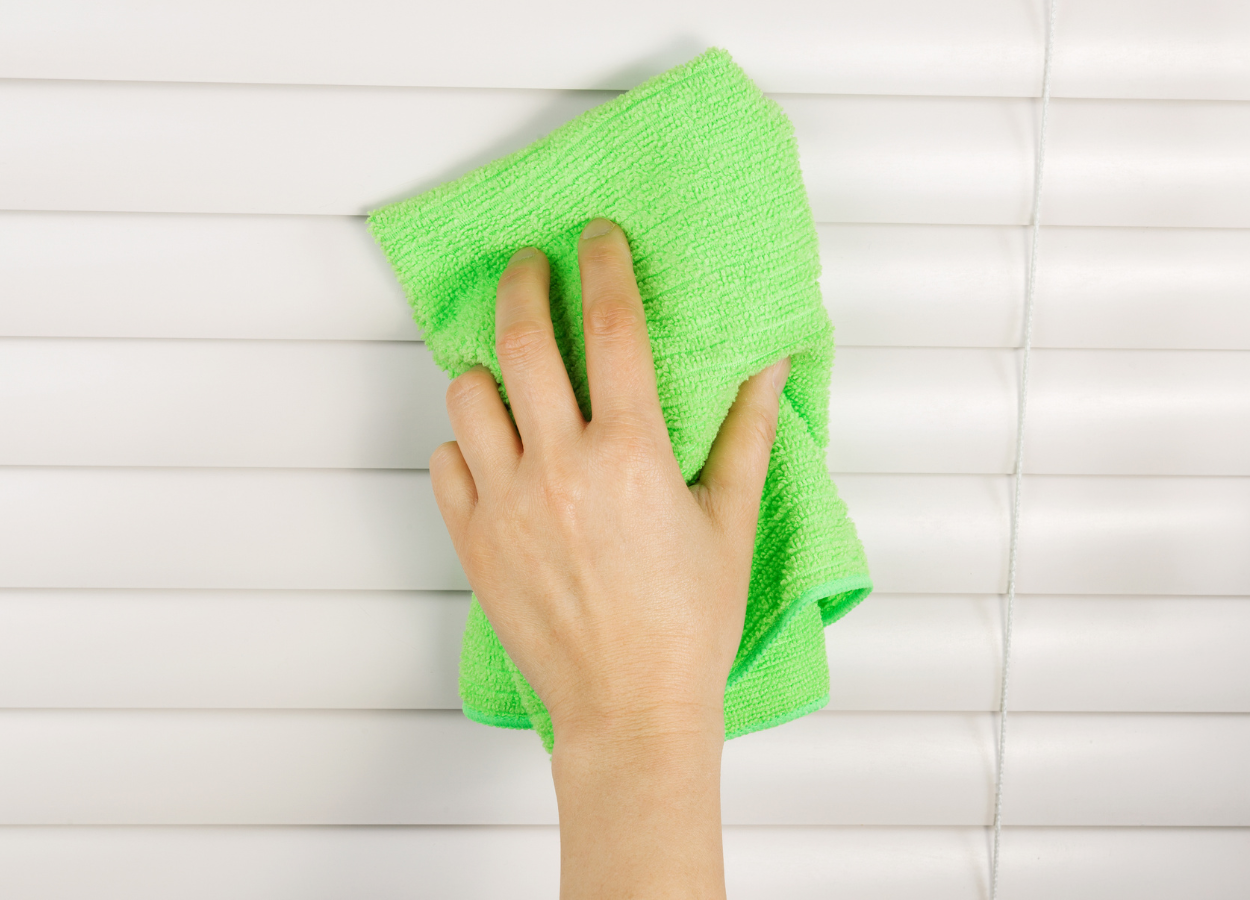
Are real or faux wood easier to maintain?
This brings us onto the maintenance of your real wood and faux wood blinds. With our ever-growing busy lives, cleaning and maintaining your home needs to be as easy as possible, and we couldn’t agree more. Faux wooden blinds are made out of 100% PVC plastic and therefore waterproof, meaning they are a much easier option to clean as you don’t have to worry about damaging them and can be washed with a damp cloth to remove any dirt build up. As these blinds won’t absorb any moisture, they won’t misshape. This makes them ideal for a room that may have extra damp, steam or heat – particularly bathrooms and kitchens. For those seeking ultimate convenience, motorised wood venetian blinds offer effortless operation at the touch of a button.
Real wood blinds aren’t exactly difficult to clean but do require a little bit more time and care. Using too much water on real wooden blinds may cause damage, as the wooden slats may warp and bend. For these types of blinds, it’s best to minimise the amount of water you use or to use a blind cleaner specifically formulated for wood. We suggest gently dusting your blinds or hoovering them lightly, with a hoover attachment, to avoid damaging the wood.
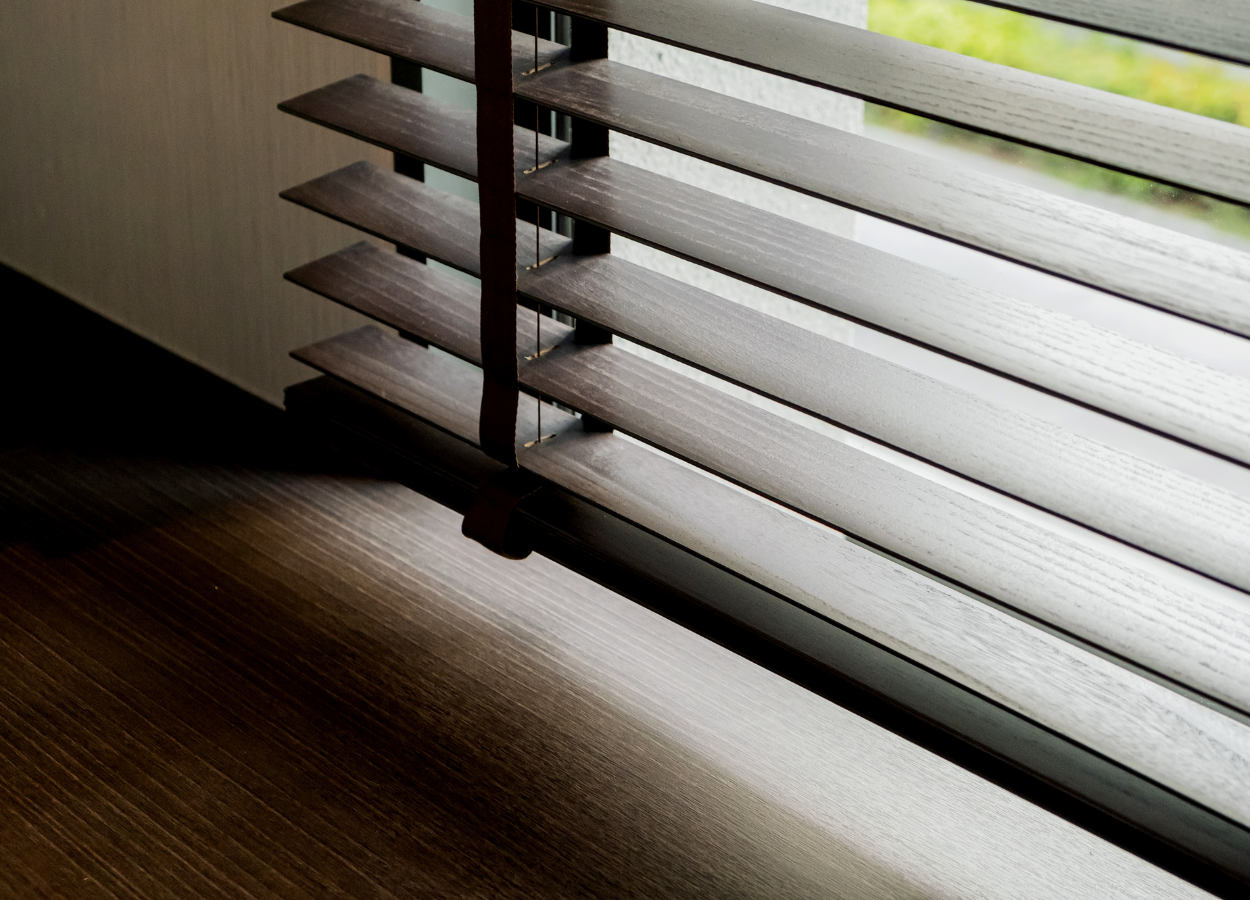
Which blinds look the best, real or faux wood?
Now when it comes to the appearance of real vs faux wood blinds, there isn’t a huge difference as you’ll find that faux wooden blinds mimic the look of cedar or birch, blending in as much as possible to look like real wood. However, natural wood does have its own characteristics and charm, and can really add a lot of character to your window area, adding value to the look and feel of your home. Real wooden blind slats are finely constructed too, and create a compact stack when fully raised, meaning they are slightly neater than a faux wood option.
Real and faux wood blinds also have the option of decorative tapes, which also add a lot of style to the desired room. All of our taped blinds are supplied with our recommended colour coordinating choice, however you can choose a different tape choice if you prefer, which we offer at no extra cost.
Different pros and cons for real wood and faux wood blinds.
| Real Wood Blinds | Faux Wood Blinds |
|---|---|
| Real wood blinds are lightweight and easy to operate. |
Faux wood blinds are waterproof so are perfect to use in damp or humid environments. |
| Real wood is timeless and made from high-quality hardwood |
Faux wood blinds are cost effective. |
| Perfect for living rooms or bedrooms. | Easier to clean and maintain. |
| Available with a 25mm, 35mm, 50mm or 63mm slat size. |
Faux wood blinds are designed to look just like real wood. |
Suitable for all styles and tastes, we are confident you will find something you love within our real wood or faux wooden blind collection. You can shop our full collection here.

